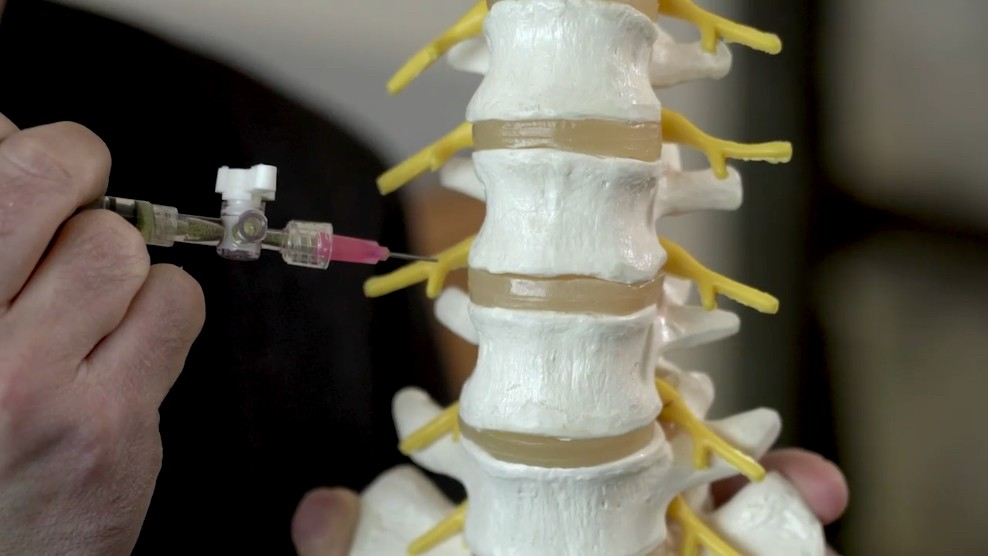The procedure uses a new material and is a definitive and more effective treatment for the herniated discs’ wounds
Medical research is always full of innovations. Researchers are endlessly developing new techniques and materials for all types of diseases. Today we will talk about a debilitating and very painful medical condition, the herniated disc. The disease develops when a spinal disc placed between two vertebrae is damaged. The disc is supplied by a part known as anulus and a gelatinous filling substance. A tear in the annulus causes the gel to escape and the surrounding nerves to swell and irritate.
A research team, consisting of Italian and American scientists, developed a new procedure that simultaneously fills and repairs the damaged disc. The research was coordinated by Prof. Lawrence Bonassar at Cornell University, the results were published in the journal Science Translational Medicine. First, a hyaluronic acid-based gel is injected into the disc, replacing the gel that escaped from the lesion. Subsequently, the tearing of the annulus is coated with a gel consisting of collagen and riboflavin.
The gel is then irradiated with a high intensity light and activates riboflavin. The molecule generates the collagen branching and solidifies the gel placed outside. After the operation, the cells of the annulus reproduce in the solidified gel and gradually replace it with natural tissue. The repair procedure takes about 10 minutes and has already been successfully tested on sheep.
